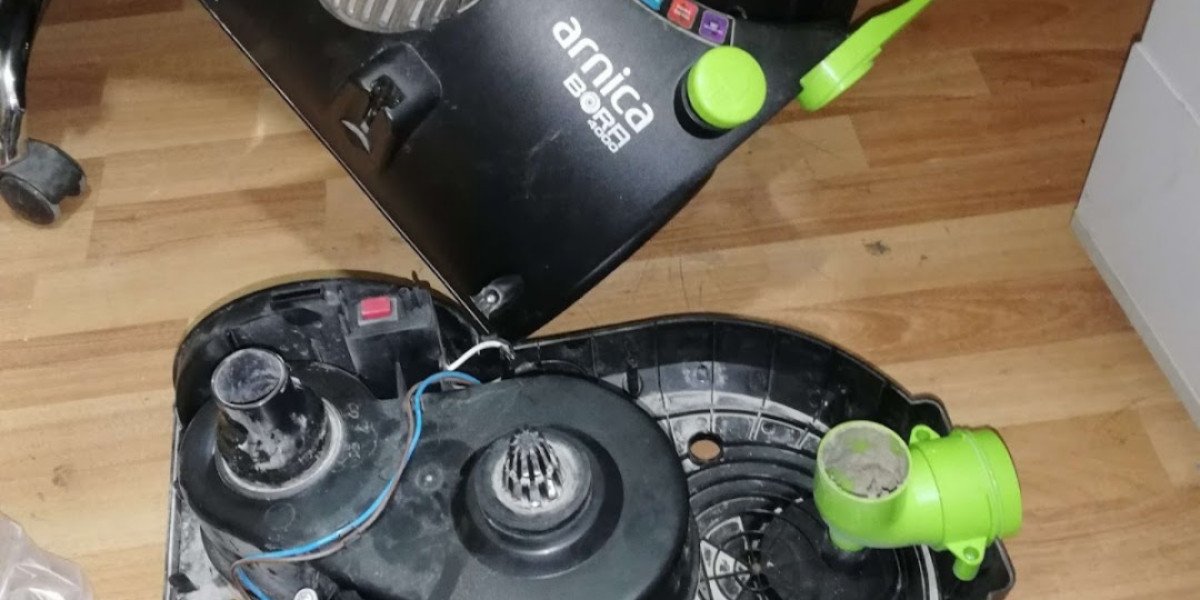The incorrect kind of tarp leaks, tears, or fractures. A good one protects your investment.
Why Rain Protection Demands a Specific Type of Tarpaulin
In agricultural areas, monsoon rains bring more than just rainfall. They bring temperature swings, fungal spores, pooled water, and strong winds. Farm equipment is frequently stored outside or in partially open sheds, from plows to pump sets.
A suitable tarpaulin must:
Prevent water seepage and resist long-term dampness.
Withstand mechanical stress from wind and movement.
Protect metallic surfaces from rusting or corrosion.
Low-cost PVC or thin LDPE sheets may seem practical, but they degrade quickly in tropical conditions. That leads to recurring expenses — and equipment failure when protection fails.
GSM: The Foundation of Tarpaulin Strength
GSM, or grams per square meter, is a core metric that reflects thickness and density. The higher the GSM, the better the tarp can block water and resist tears.
GSM Rating | Use Case | Waterproofing |
90–120 | Temporary shading | Low |
200–250 | Short-to-medium-term farm coverage | Moderate |
300–350 | Long-term outdoor storage and machinery | High |
When storing rotavators, ploughs, or irrigation kits outdoors, opting for a tarp above 250 GSM ensures higher puncture resistance and minimal sagging.
We tested a Black HDPE 250 GSM Plastic Tarpaulin on open-stored harvesters and tillers. It retained its integrity after six weeks of daily rain exposure and constant folding/unfolding. This reinforced our belief that GSM and fabric structure play a bigger role than price.
Which Material Type Works Best for Farming Conditions?
There are three primary tarp material categories:
HDPE (High-Density Polyethylene)
Woven structure
Lightweight but strong
Good UV and water resistance
PVC-Coated Tarpaulin
Thick and heavy
Better for static shelters
Cracks under frequent folding
Canvas with Wax Coating
Breathable but less water-resistant
Prone to fungal growth
For active farms, HDPE offers the best balance of mobility and durability. It's also rot-proof, mildew-resistant, and doesn’t get brittle in the sun. HDPE sheets with layered coatings and sealed corners last 3–4 times longer than untreated sheets.
How Layering and Coatings Influence Performance
Layering in tarpaulins works like insulation. The more structured the layers, the better the protection. Most farm-grade tarps have:
A woven inner core for strength
Laminated outer layers for water repellency
Optional UV coating for sun exposure
Tarps with UV stabilization of 700 hours or more resist breakdown from sunrays even during off-season storage. Antifungal layers also protect produce, seeds, and tools from invisible threats from rain.
A tarp’s performance doesn’t come from weight alone -it comes from how the layers are engineered to respond to weather.
The Role of Reinforcements: Eyelets, Corners, and Seams
A common failure point in tarps is not the center fabric - but the edges. Wind pulls at corners, ropes tug eyelets, and seams loosen under pressure.
Good-quality tarpaulins include:
Aluminium or rust-proof eyelets every 3 feet
Welded or heat-sealed edges
Corner patches for extra grip
These small design features prevent significant failures during storms. If your tarp constantly needs tying down after rain, it's a design issue, not a user mistake.
"Protection is not just about what a product covers — it’s about how well it holds together when nature tests it."
The Appropriate Size for Covering Farm Equipment
Oversized tarps waste space and sag, while undersized ones leave equipment exposed. It is key to measure the equipment's footprint, including its height when parked.
For example:
A submersible pump set with a pipe assembly may need a 6x8 ft tarp.
A medium tractor requires 12x18 ft with some margin.
For large haystacks or combine harvesters, a 20x30 ft tarp provides complete protection.
Choose rectangular tarps for equipment with long protrusions. Square ones work better for stacked materials or grain bags.
Tarps that are too tight may tear at the corners. Leave slack for airflow to avoid condensation underneath.
Farm Equipment Types That Benefit Most from Tarpaulin Use
While all machinery benefits from protection, some farm equipment is more vulnerable than others. These are the ones where tarpaulins offer the highest ROI:
Irrigation motors: Water-sensitive, heavy rust risk
Tiller blades: Edge dulling from exposure
Seed drills: Sensitive to moisture and mildew
Power sprayers: Often stored outdoors
Tarpaulins extend the lifespan of these tools by preventing rust, preventing electrical shorts, and shielding plastic parts from UV damage.
How Tarpaulin Use Reduces Farm Losses Statistically
A study from Punjab Agricultural University (2021) noted that farms using HDPE tarpaulins during monsoon season saw:
36% fewer machine failures
42% reduction in seed spoilage
28% fewer rust-based maintenance cycles
These figures directly affect profit margins in marginal farms. With minimal investment, tarpaulins can secure lakhs of rupees worth of tools, harvested produce, and working time.
Accessories That Improve Tarpaulin Performance on Farms
A tarp alone isn’t enough. How it's fixed and maintained impacts its performance. These low-cost accessories make a huge difference:
Elastic bungee cords: Reduce wind-induced stress
Weighted clips or sandbags: Anchor the base without puncturing
Tarpaulin repair tape: Helps seal accidental rips on the spot
Always inspect your tarp every 2–3 weeks during heavy rains. Small punctures or loose corners can escalate fast in stormy conditions.
How We Maintain Tarps Between Rainy Seasons
Cleaning, drying, and storing tarps properly keeps them reusable for 2–3 monsoons:
Wash with mild detergent and allow to sun-dry fully.
Fold evenly and avoid tight knots or creases.Store in a dry, rodent-free space.
Never pack tarpaulins wet. Moisture invites mold; over time, even HDPE layers can degrade from trapped humidity.
Smart storage is half the battle in maximizing a tarpaulin's lifespan.
What to Avoid When Buying a Rain Protection Tarpaulin
Many sellers offer low-cost tarps that look similar to premium ones. Here’s what to avoid:
No GSM or layering info on packaging
Single eyelets only at the corners
Thin plastic sheeting without woven support
No mention of UV or anti-fungal coating
Don’t fall for glossy surfaces. Focus on structural integrity, long-term resistance, and the type of polymer used. Spending ₹200 extra now avoids ₹2,000 in repairs later.
Ready to Choose? Match Tarpaulin Specs to Your Climate & Tools
If you’re in a high-rainfall region with outdoor storage, go with a minimum of 250 GSM. Match your selection to equipment size, movement frequency, and expected exposure hours.
Start small — test a tarp on one machine or storage area. Compare wear and tear after 30 days. A good tarp pays for itself in a single season.
Protection isn't an afterthought — it’s a core part of your farming system.







